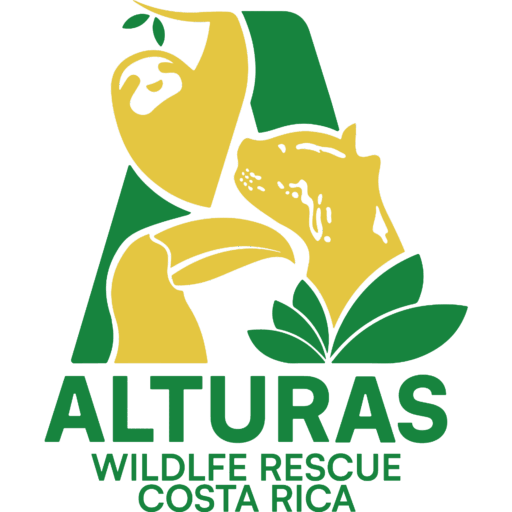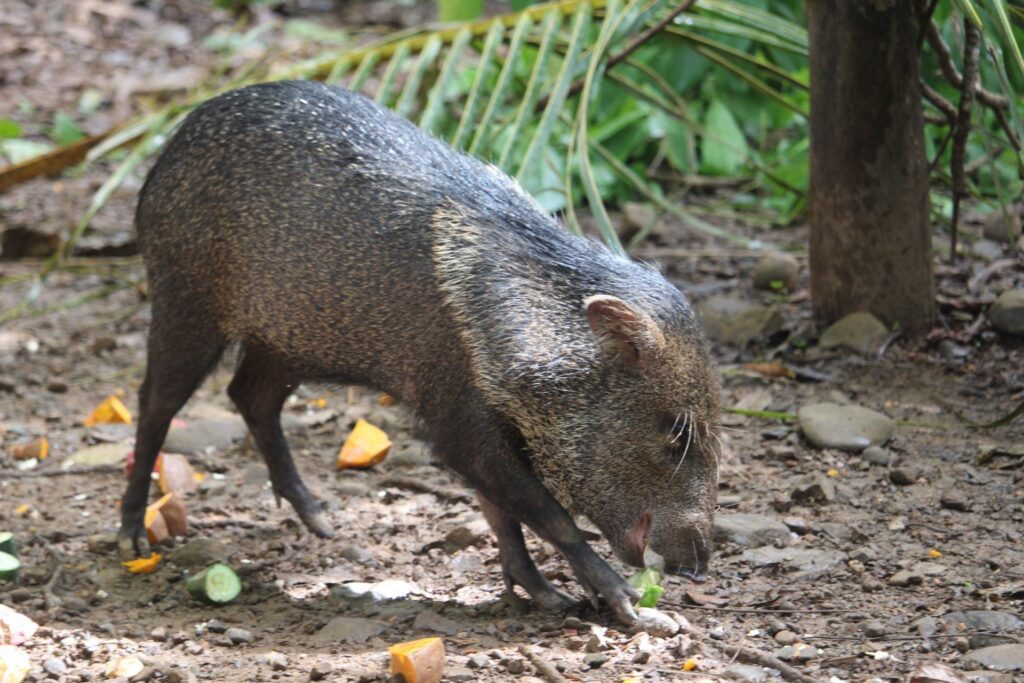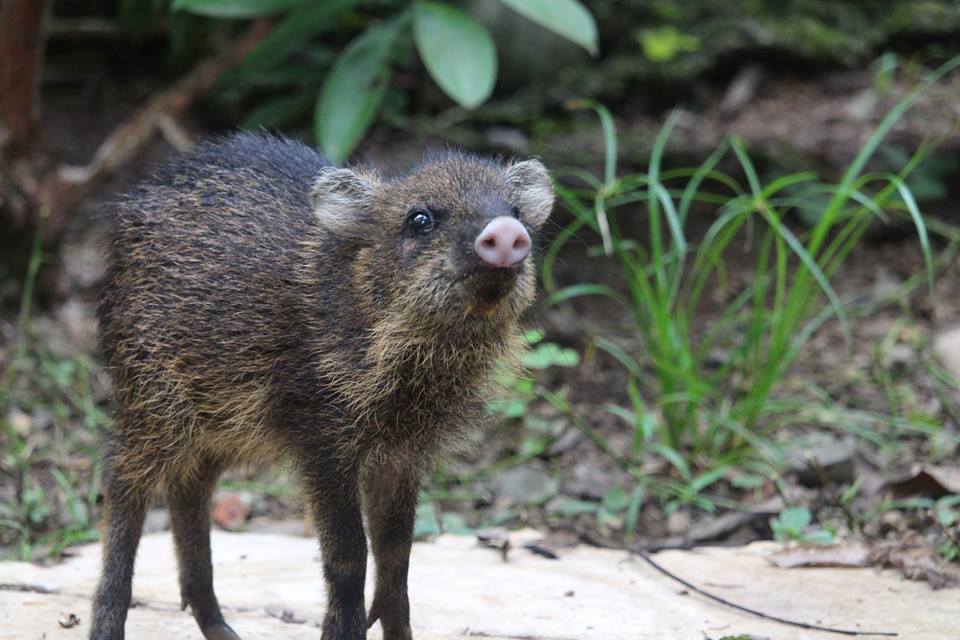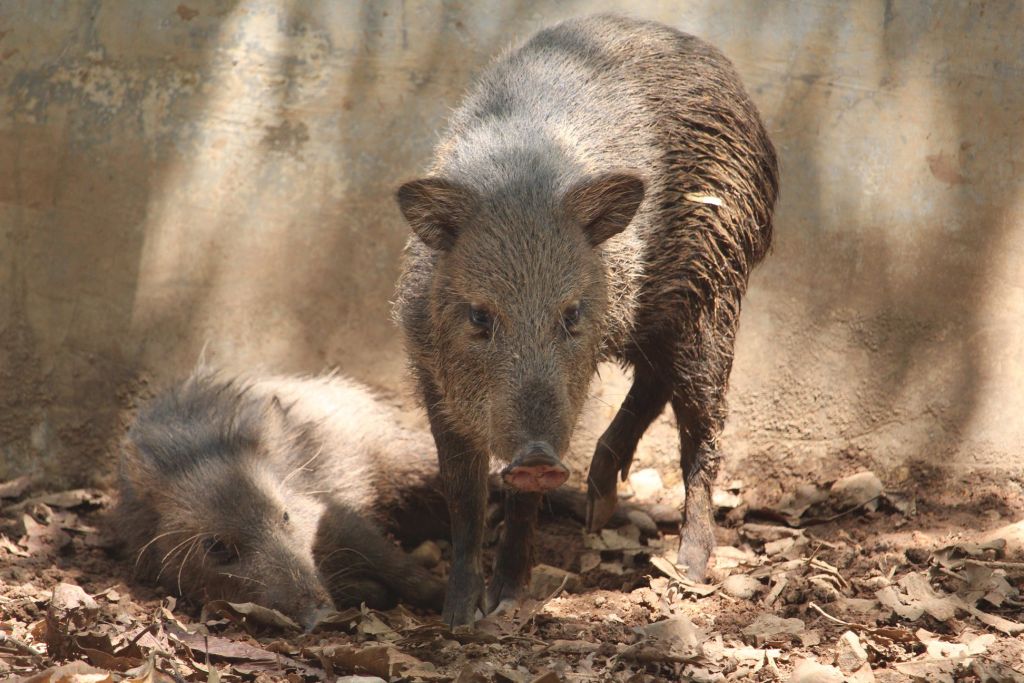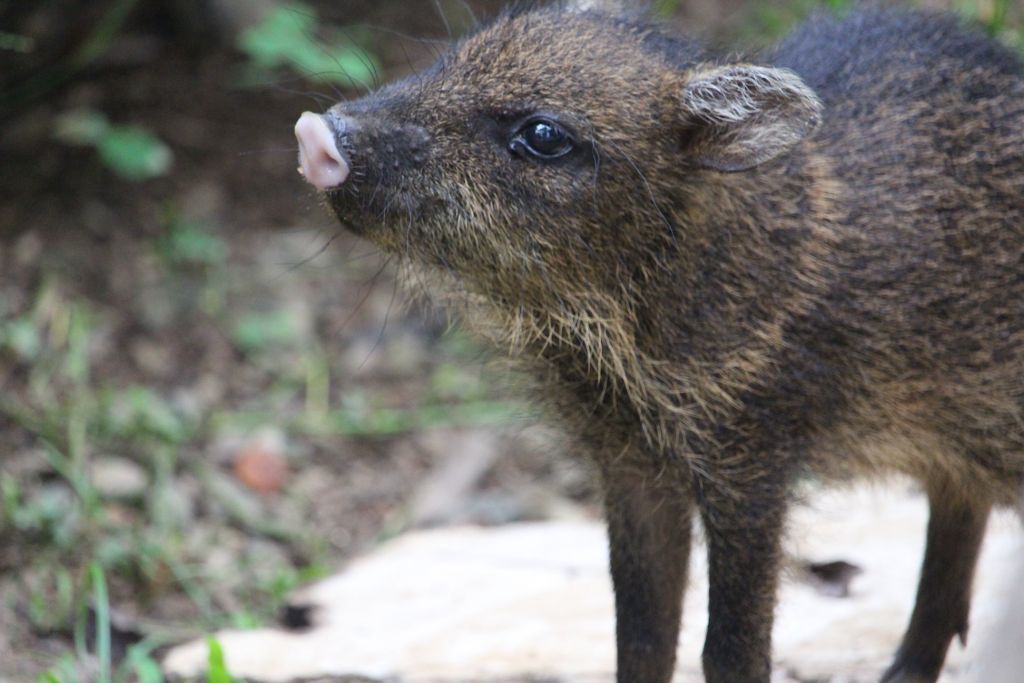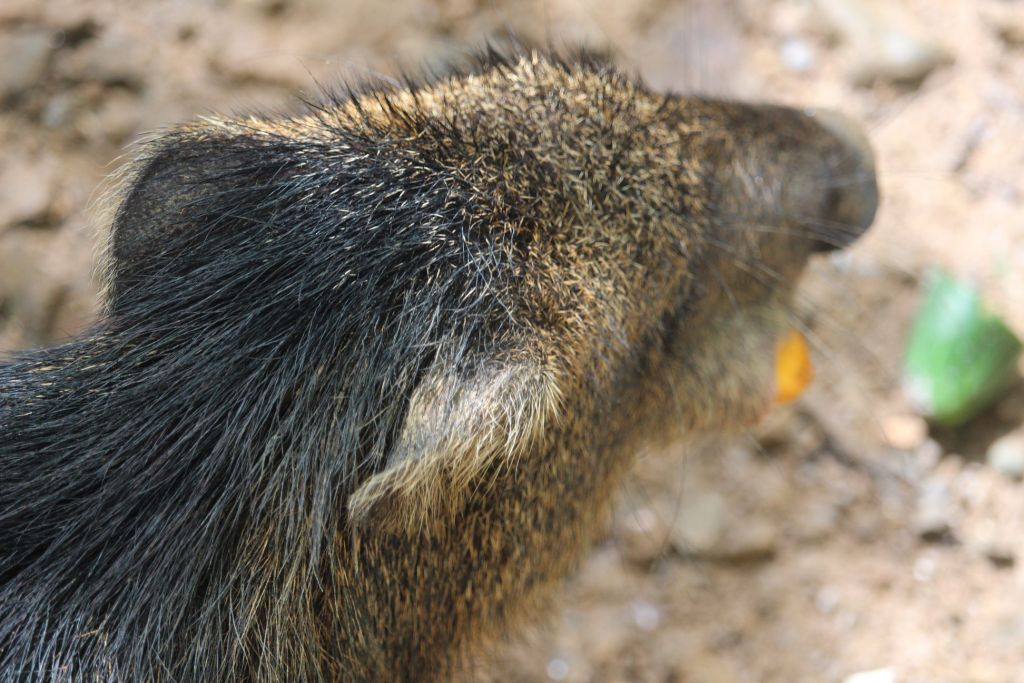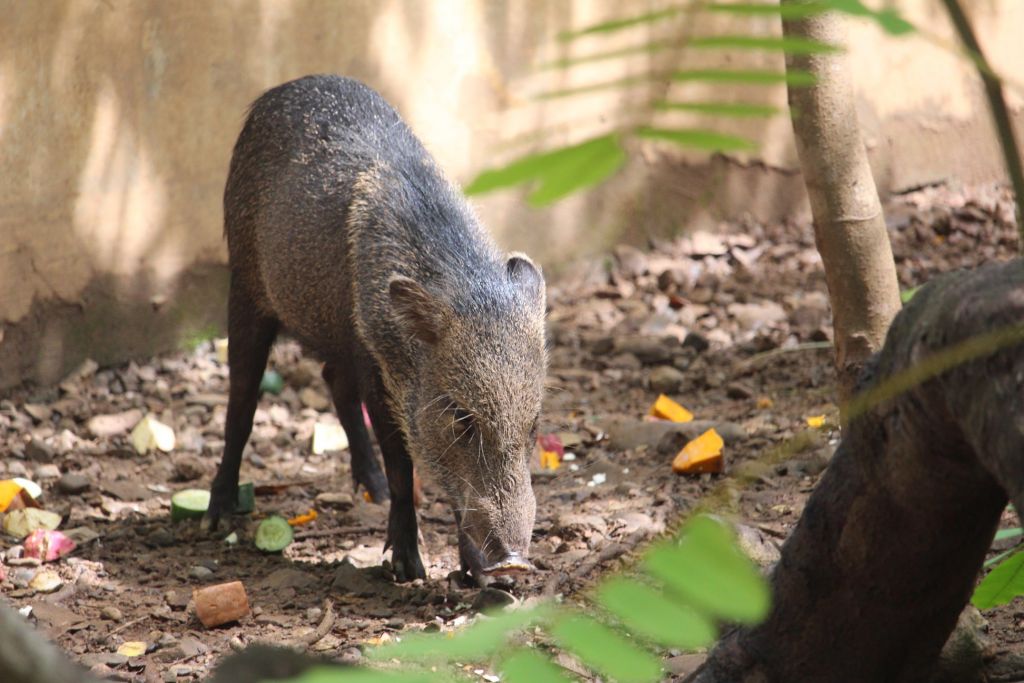Did you know that collared peccaries actually have a scent gland on their lower backs? This gland gives off a musky smell and is used by the peccary to mark their territory and identify other members of their troop. Once you get to know what this smell is like, it will be easy to detect when peccaries are in the area. Pictured here are Pechan and Camote, our two sanctuary peccaries sharing their breakfast!
Type: Artiodacyla
Collared Peccary
Taxonomy: Tayassuidae (Pecari tajacu)
Spanish Name: Saino
Conservation Status: Least Concern
Lifespan: 10-30 year based on surveys and captive individuals
Distribution: Southwest United States to northwest Peru and Northern Argentina
Habitat: Dry and moist forests, mature secondary forests, some desert ranges.
Behavior: Southwest United States to northwest Peru and Northern Argentina
Weight: 13-25 kilograms
Diet: Insects, small vertebrates, roots and shoots, fruits, vegetable, and seeds
Reproduction: Dependant on climate, particularly rain. Rainy years or seasons more offspring observed. 1-4 offspring can be born, but on average 2 young are born.
Threats: Hunting, deforestation, climate change (affecting rainy seasons), predators (puma, jaguar, coyote, bobcat), and humans (hunting, pet trade, skinning for sales)
Resources:
Animal Diversity Web, https://animaldiversity.org/accounts/Tapirus_bairdii/
IUCN Redlist, https://www.iucnredlist.org/species/21471/45173340, and Costa Rica Mammals, Eduardo Carrillo Grace Wong, and Joel C. Saenz. 2002. The Mammals of Costa Rica. Mark Wainwright 2007
